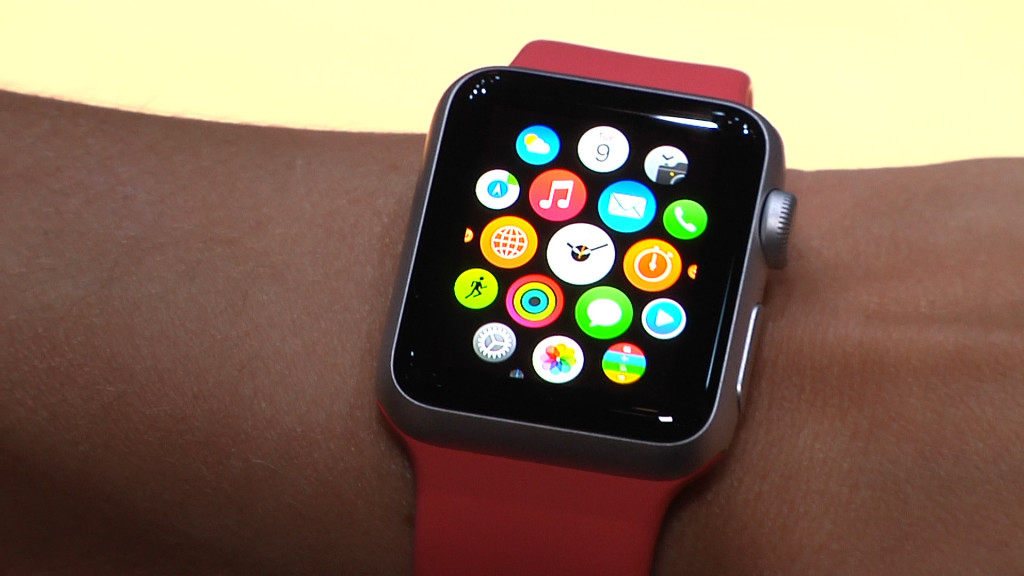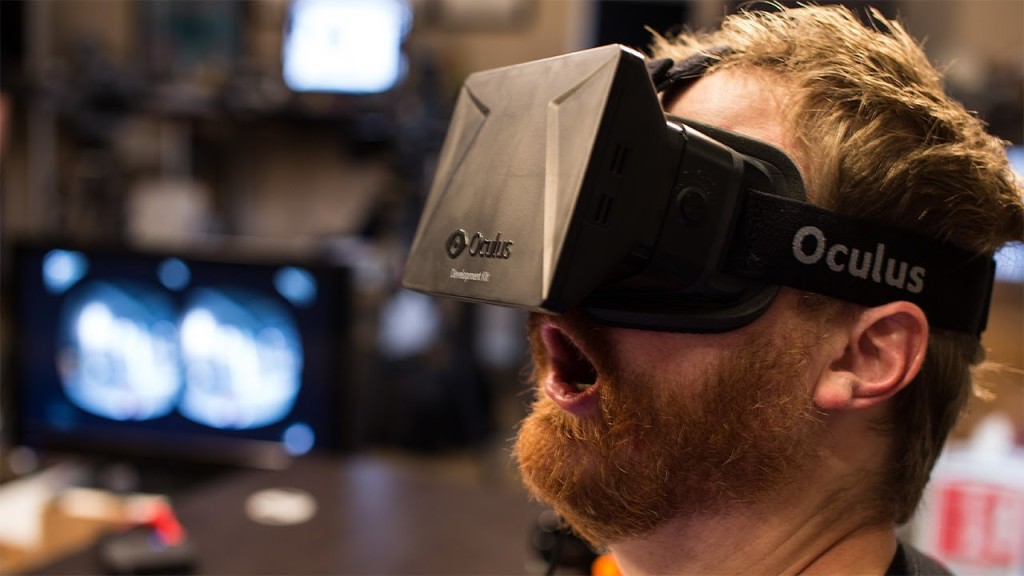A few weeks ago, the MN PRSA folks asked me to present at the local APR study session on “technology.” It’s always a fun thing for me to do since once upon a time I was APR certified (different story for a different day).
I love going back and 1) Giving back to the an organization that gave me so much over the years, and 2) Seeing who is going through the APR process.
I’m not sure I’m the right person to talk about “technology”, but I guess given my business and its connection points with digital marketing, I may know enough to be dangerous.
In my presentation, I tried to set things up by taking a look back at where we’ve come from when it comes to tech in PR.
Just look at what PR tech looked like in 1985:

Everyone remembers where they were when they got their first word processor, right?
In 1995, technology looked like this in the PR world:

The Mac Classic is one of the computers I grew up with. This model was actually on the scene earlier than 1995, but it gives you a good sense for what tech was like 20 years ago.
Now, what about 2005?

This is what YouTube looked like just 10 years ago. THIS! Can you imagine?
Or, think about what cell technology looked like 10 years ago…

What does PR tech look like today? We now have access to technology like smart watches:

And, virtual reality, which was laughable 10 years ago:

Pretty crazy to see how far we’ve come in the last 30 years, huh? From word processors to virtual reality that is so damn real it actually makes you sick.
Where will tech be in another 10 years? That’s the question you hear most often. And, it’s the one everyone wants an answer to.
While I’m no technologist, I think it’s fun to take a peek at the future from time to time. After all, who could predict that Facebook would become an essential took for PR pros in 2005? Or, that you would be able to produce entire brand videos right from your smart phone?
Safe to say, technology can amaze us, and exceed our wildest expectations fairly easily.
So, predicting what will happen in another 10 years in 2025 is next to impossible.
But, I’ll take a shot 🙂
Wearables will completely transform the way we tell stories
From the get-go I was a pretty big Google Glass doubter. It just seemed too early. The hardware was too geeky (and offensive in some cases; you remember “glassholes”, right?). And the software needed fine-tuning (if you ever tried one on, you know what I’m talking about). But, the second, third and fourth generations of such wearables will improve. And, when they do, they’re going to start to completely change the way we tell stories. You saw a glimpse of it with Victor Oladipo at the NBA Draft last year. My feeling is we’ll see much more of that by 2025 as wearable tech gets better, and people start to open up a bit more to the possibilities.
Facebook won’t exist, but social media will still be key to PR success
It feels like we’re almost at a tipping point with Facebook. I know the stock price is crushing. I know user numbers continue to grow. I know it continues to be the dominant platform in social media marketing. I know all that. But, I just can’t shake this feeling that Facebook will take a big plunge in the next five years. And, when it does, it’s going to take a BIG plunge–like a MySpace-like plunge. It’ll fall completely off the radar. Remember, for as fast as tech can enter our lives, it can leave our lives even faster. Case in point: Blackberry (remember when Blackberry was THE mobile phone a while back? Look at them now). But, when Facebook falls off, social media won’t go with it. Social media and its landscape will merely shift. Another platform will step in. Another tool will shape our experiences. I have no earthly idea what that platform or tool will be, but I guess the idea here is to keep paying attention. Because when the landscape shifts, it is going to SHIFT. Big time.
Virtual reality will become a key PR tool (but only in spots)
Look, I’m no virtual reality bobo. And, I’m not an expert either. I’ve really only tried it a couple times (including Oculus Rift at a MIMA event last year, which was downright incredible). But, I do know two things: 1) Right now, motion sickness is the biggest issue to mass adoption, and 2) It’s still pretty expensive for a headset (save the Google Cardboard option) and fairly futuristic in the minds of *most* people. So, VR has to fix #1 ASAP. And, they will. And, they need to win folks over in #2 (and they will), and bring the prices down (which they also will). Given all those issues are addressed, VR will become a key tool for PR folks in 2025. Heck, it’s already happening in very niche spots (check out what the folks at space150 and Victory Motorcycles did with VR at a recent trade show–pretty effing cool, and the only way I’d EVER ride a motorcycle!). VR is coming folks. So, start thinking of how you can use it NOW.
Video technology will render conference calls useless
The funny thing is we’re already there with the technology. You may have heard of it–Google Hangouts. But, many organizations (big and small) need easy video conferencing that can exist behind a super firewall where employees can discuss proprietary information. That’s the key. And, I think it will eventually happen. It HAS to happen, right? I mean, for those who have been on an audio con call (OK, that’s everyone, right?), you know how frustrating a audio con call with 5 or more people can be. People talking over one another. Awkward silence. The inability to read body language. And, we HAVE the technology NOW. We’re just not far enough along yet. But, it’s coming. And when it does, it’ll put an end to my taking conference calls in my sweat pants and Homer Simpson slippers 🙂
The fall of content marketing tech
Content is king. Right now. But, what about five years from now? Will companies still be investing millions in content marketing? Or, will we be knee deep in what Mark Schaefer refers to as the “content shock?” I tend to fall closer to the latter. And, when that happens, all these content marketing tech companies are going to dry up pretty quickly. I get it–content marketing operations like Scripted have their place. You need fast, cheap content. You hire it out at a lower price. Makes sense. But, it only makes sense in the current content marketing arms race culture. When that goes away (and, I tend to believe it will), the companies that support it go away, too. And, we largely go back to employees within organizations developing good, quality content. The way it really should be.

0 Comments